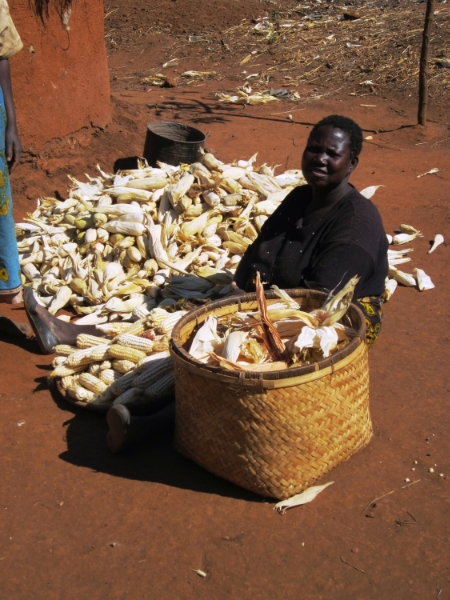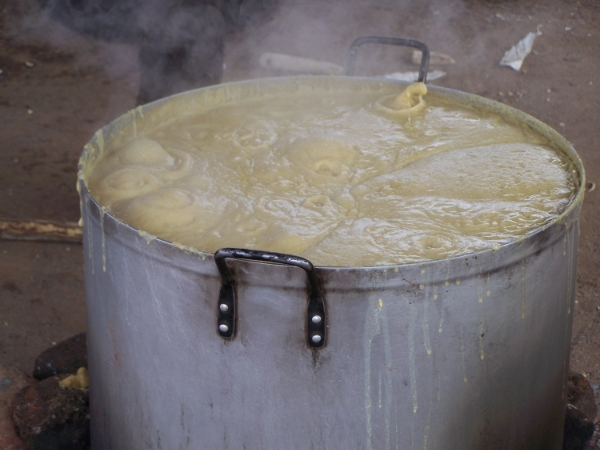From the Farm to the Table
The theme of World Health day (April 7th) this year is Food Safety. Food Safety is insuring that food is safe from the farm to the table.
Food is one of the biggest challenges in Africa. Getting food safely from the farm to the table is one part of this challenge, but even more challenging at this time is getting food on the farm! 90% of Malawians are completely dependent on the food they can raise on their own farms.
Inconsistent rains are one of the greatest factors in food shortage. Even though Lake Malawi is one of the largest fresh water lakes in the world, only 3% of farms in Malawi use any type of irrigation.
This summer our teams will be working with local farmers and through our Primary school to set up greenhouses and increase vegetable production at the Grace Center and on our two irrigated farms. We realize that we cannot feed the whole country, but we can encourage food diversity and food security through our agriculture programs. We will also be extending our goat herds into the village this summer. Three local families will be selected to receive a goat herd from the Grace Center. These families will be trained by our partners from Texas Tech Meat Science. The families will be expected to repay the goats over the next two years so that more families will benefit in the future.
Here is the story of Malawi's staple food
From the Farm to the Table!
Grace Center fields are prepared immediately after harvest in preparation for the next growing season. The dry stalks from the corn are spread over the ground to prevent the escape of moisture, weed growth and to provide mulch for the next growing season.
Dark green stalks of corn thrive in the hot sunshine with good rains. This corn is tasseling nicely with heavy long ears.
Storage bins are built for drying the harvest. This farmer has harvested a bountiful crop of corn and peanuts. This picture was taken a few years ago when the harvest was plentiful. The 2015 harvest has not done so well.
A mother pulls the husk off the corn before shelling it.
Shelled corn ready to go to the mill.
This mother sifts the dust out of the corn. Every kernel is gathered from the ground and carefully sorted.
This grandmother uses a mortar and pestle to grind her corn. No easy task.
If the family can afford it, they take their corn to the maize mill for grinding. This is the mill at the Grace Center, one of our sustainability projects.
Ground corn is then cooked into a heavy paste called Nsima. Most Malawians name Nsima as their favorite food.
A tasty pot of porridge bubbles for the children's breakfast at Grace Preschool.
Plates of porridge cooling for the children.
Yum!












